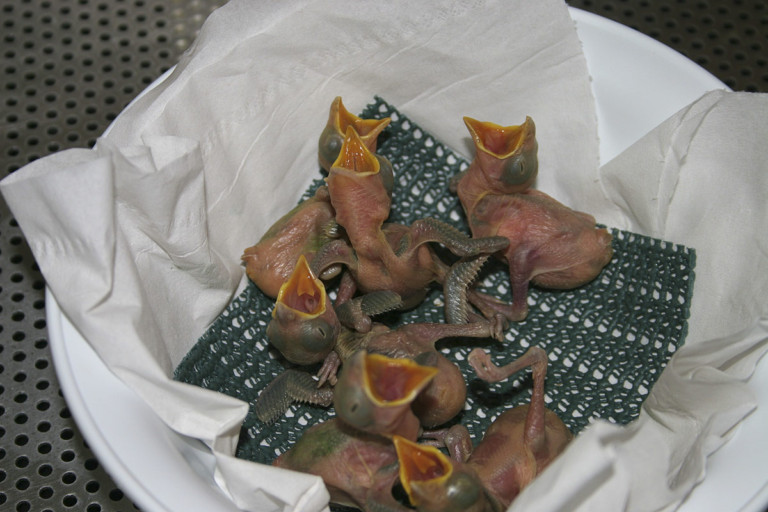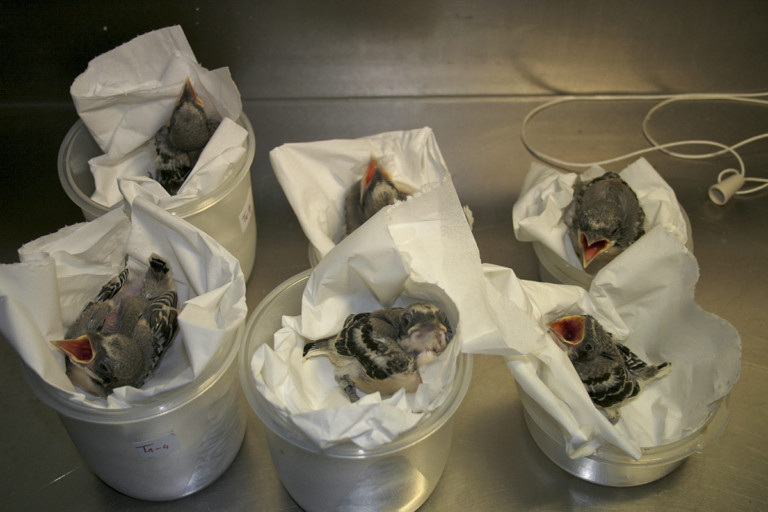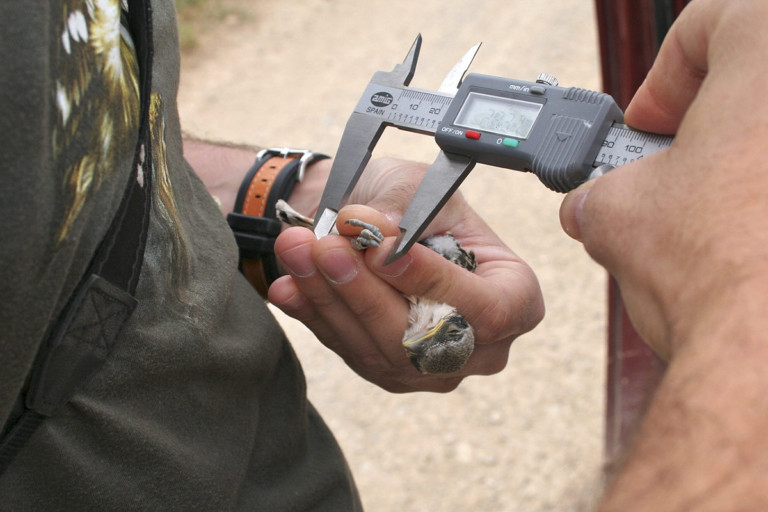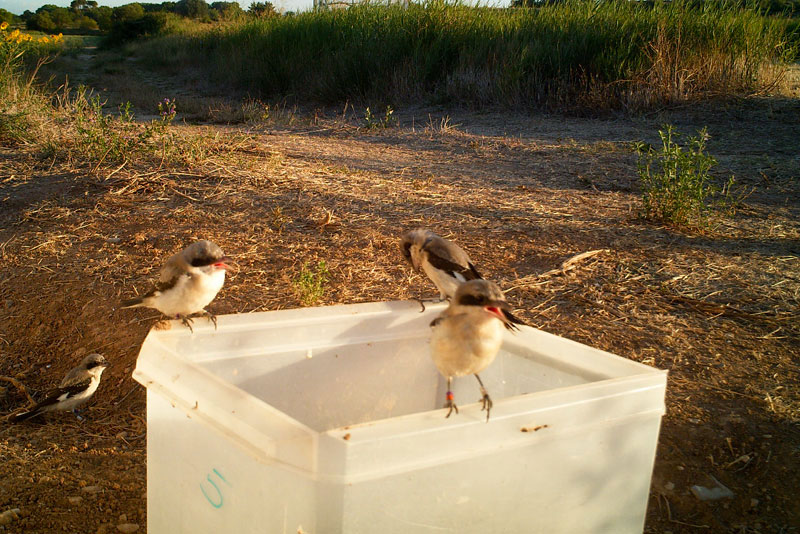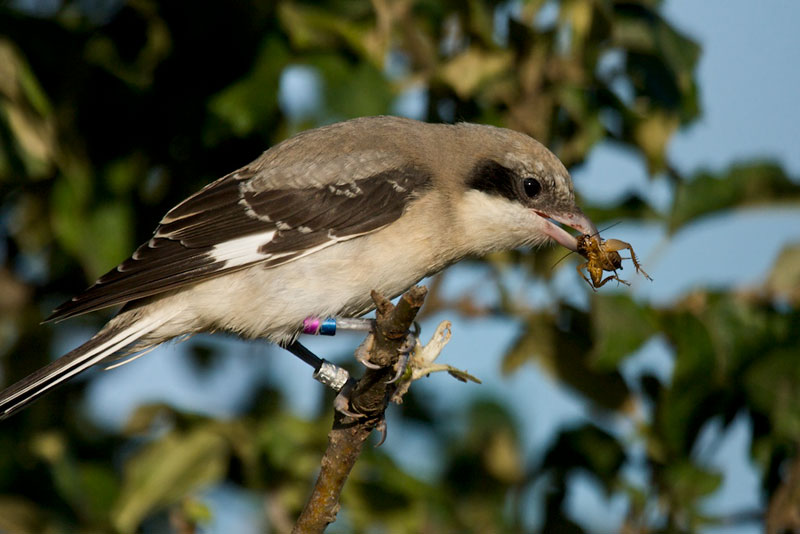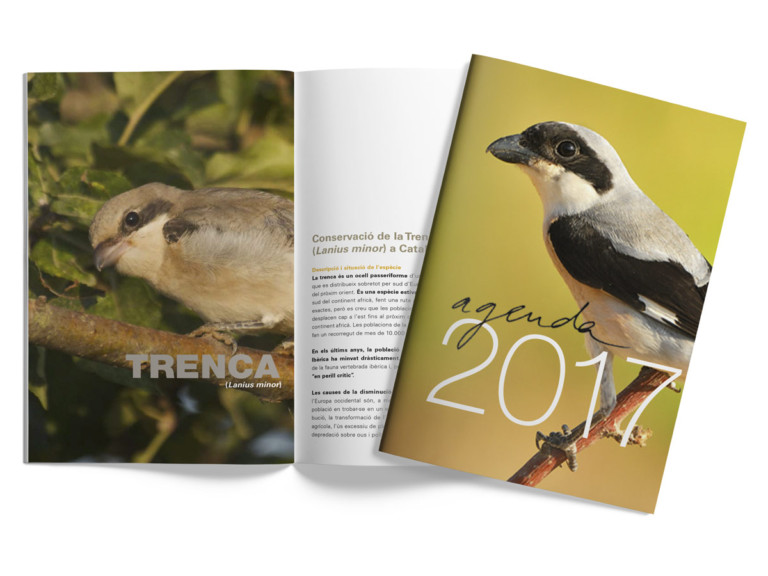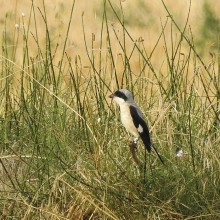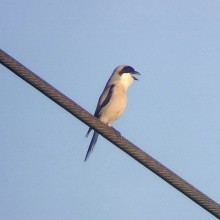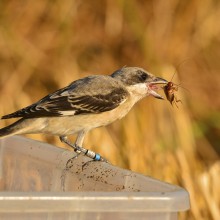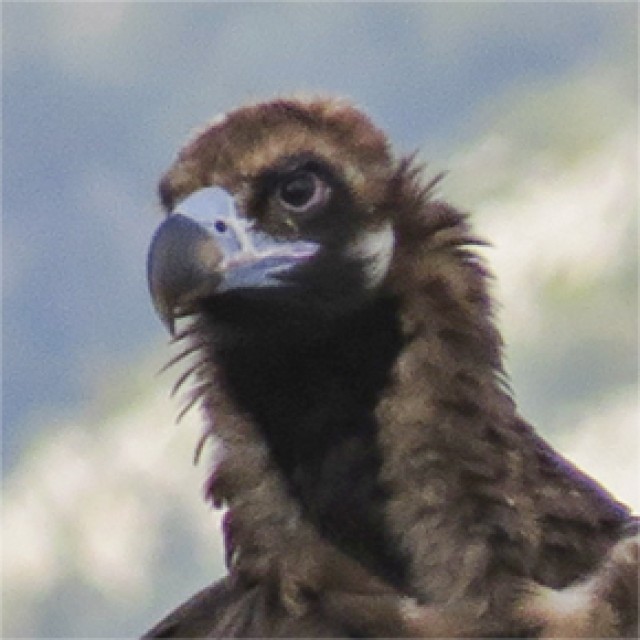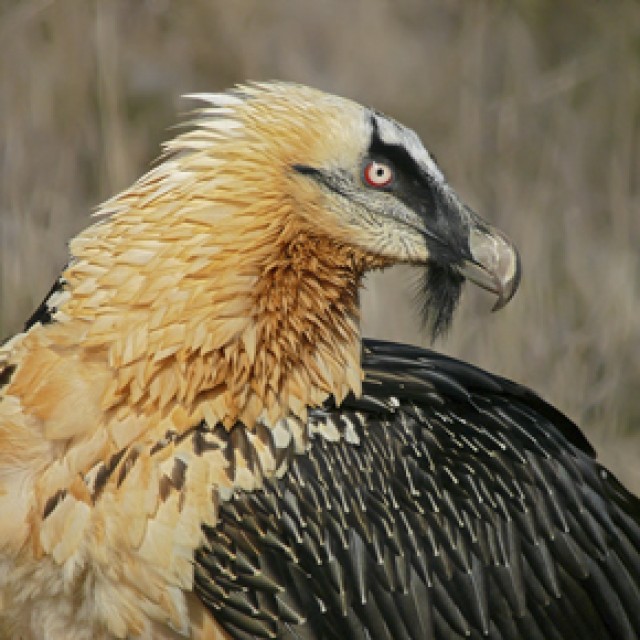Conservation status of the Lesser Grey Shrike (Lanius minor) in the Iberian Peninsula
The Lesser Grey Shrike is a passeriform bird from about 20 cm in length, that calls our atention because of its large head and its curved beak –similar to that of the birds of prey– allowing the species to catch large insects that are its food. Its plumage is also attractive: the head and the back are grey, with a slightly pink breast and a characteristic black facial mask.
It is found mainly in Eastern Europe and in the Asian steppes. It is a summer species, wintering in southern Africa, in the depression of the Kalahari. The Iberian Lesser Grey Shrikes make one of the longest migrations among all European birds: they fly first to the east and then cross the Mediterranean via Middle East, no via Gibraltar straits.
In recent years, the Lesser Grey Shrike population in the Iberian Peninsula has declined dramatically. It is the scarcest species of the Iberian vertebrate fauna and, therefore, is classified as “in critical danger”.
The number of nesting pairs was from 35-40 in the early eighties to just one pair throughout Spain in 2011, 2012 and 2013, in the Segrià regional district (Plana de Lleida). 2014 had been a particularly good year for the recovery of the species, with 4 formed pairs, all of them also in the Segrià regional district. In 2015 two pairs more began breeding like in this 2016.
Lesser Grey Shrike chicks born in captivity at the Wildlife Rehabilitation Centre of Vallcalent (Lleida). © Albert Porté / W. R. C. of Vallcalent
The causes of the decline of the Lesser Grey Shrike in much of its European range are the result of a set of factors. At least, these 5 causes are involved:
- the long migration that the lesser grey shrike undertakes twice a year, with chances of mortality during the trip for many different causes
- the consequences of climate changes (particularly, rainy summers)
- the high rate of predation on this bird (magpies that predate on lesser grey shrike chicks, to be highlighted)
- agricultural intensification with the consequent loss of the nesting habitat (non-irrigated crops with fallow land and well preserved edges)
- and the excessive use of pesticides, that destroy insects on which the birds feed
The conservation project of the Lesser Grey Shrike in Spain
The project for the conservation of the Lesser Grey Shrike is an initiative promoted by the Departament of Agriculture, Livestock, Fisheries, Food and Natural Environment of the Autonomic Government of Catalonia (Generalitat de Catalunya). Both the Wildlife Centre of Vallcalent (Generalitat de Catalunya) and the Zoo of Barcelona carry out the ex situ conservation programme, that is, outside the natural habitat. Trenca Association is responsible for doing the in situ conservation work, on the field. The project is further supported, financially and logistically, by public and private entities.
Regarding Trenca’s work, we try to ensure the biggest production (shrikes born in the wild) as well as the highest rate of return (shrikes that come back to Catalonia the following year). For that purpose, we try to help each pair to produce 5 chicks. Besides, we provide supplementary food (insects), capture predators (magpies) and manage the nesting habitat so that it can be optimal for shrikes.
Acclimatization facilities for Lesser Grey Shrikes chicks: placement in the releasing area (a); with some chicks inside, shortly before being released (b).
© a): Isabel Rodríguez; b): Jose Guerra / Trenca
Captive breeding
The conservation of this species outside the natural habitat is based on the creation and maintenance of a group of lesser grey shrikes in captivity, large enough to guarantee the conservation of genes from this population in the medium term. Captive breeding is carried out mainly at the Wildlife Centre of Vallcalent (Lleida, Generalitat de Catalunya), and more recently a complementary breeding programme has been also started in the Zoo of Barcelona. With those shrikes born in captivity, wild populations are reinforced. In doing this, in the future, old population groups of Lesser Grey Shrike currently extinct could be recovered (such as the one in Empordà or in Huesca), when factors that made them disappear will be eliminated.
Rescue of eggs and nestlings
The lesser grey shrikes –as many other birds– lay more eggs than the number of nestlings the pair can raise, as a safety measure just in case one of the nestlings becomes ill or dies. Besides, sometimes adults are not able to feed so many chicks, and one or some of them end up dying. These eggs and nestlings are rescued. Once they have achieved a good weight, some neslings are replaced on the nest with their brothers. Others join the captive breeding stock from the Wildlife Centre of Vallcalent (Lleida) or the Zoo of Barcelona.
Release of chicks born in captivity
As a pioneering experience regarding this species, lesser grey shrike chicks born in captivity are released to reinforce the wild population. When chicks begin to hunt for themselves, they are moved to the field (to the immediate vicinity of the territory of the last remaining pair) and are kept in acclimatization facilities that are open after a week. During that acclimatization week, they recognize the place as their natal area and socialize with wild chicks. Since the moment of their release until the day they start migration, a continuous monitoring is required. Chicks are identified thanks to the colour rings they wear. To improve the monitoring of the species, in these last two years, we have set a few small geolocators in released individuals. With the recovery of these devices we are able to obtain data on the migratory route and wintering area, a giant step forward in the understanding of the biology of the lesser grey shrike and threats that affect them outside of its breeding area.
Using this technique, we have succeeded in getting chicks born in captivity and released in the area to come back next spring and even get to form a pair. Since the start of the first releases in the year 2009 there are now 394 chicks released. The years 2015 and 2016 have been particularly prolific with 99 and 128 chicks released respectively.
Dissemination of the project and social awareness are issues that are also taken into account for the conservation of the Lesser Grey Shrike. To do this there have been talks and have been edited different dissemination materials in recent years.
With the collaboration of:










